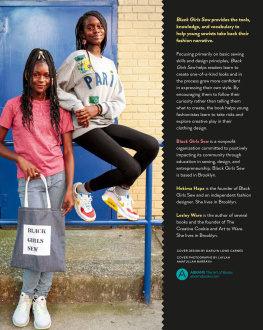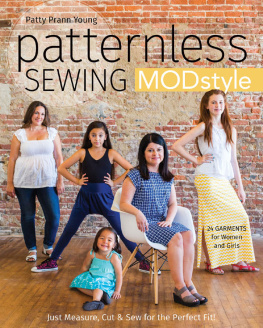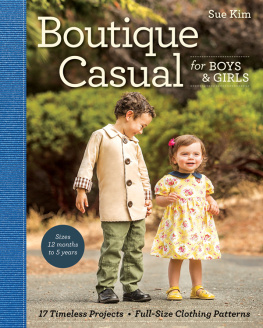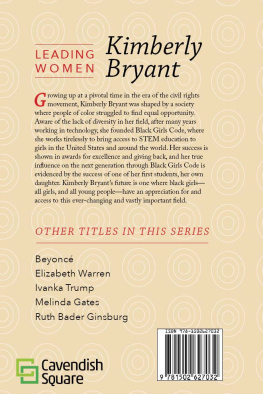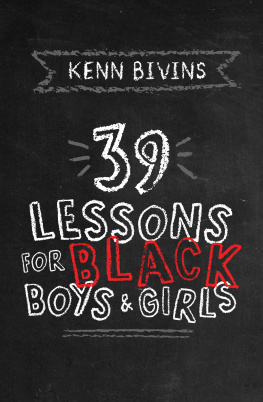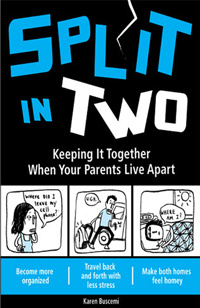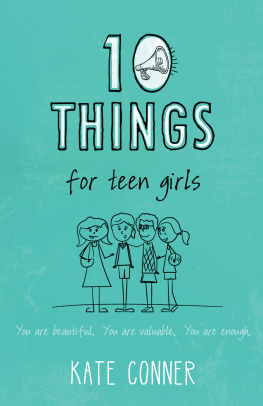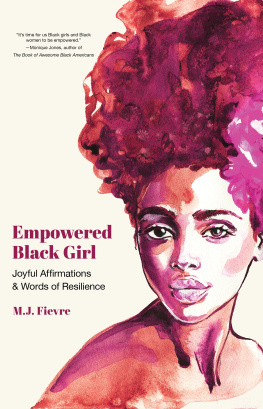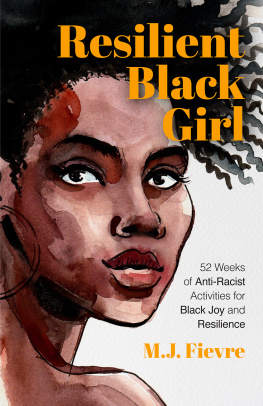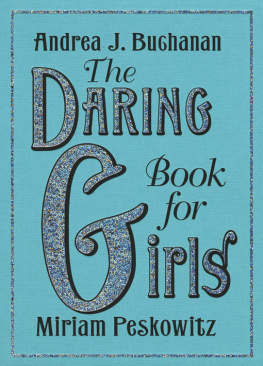Contents
Guide
Page List
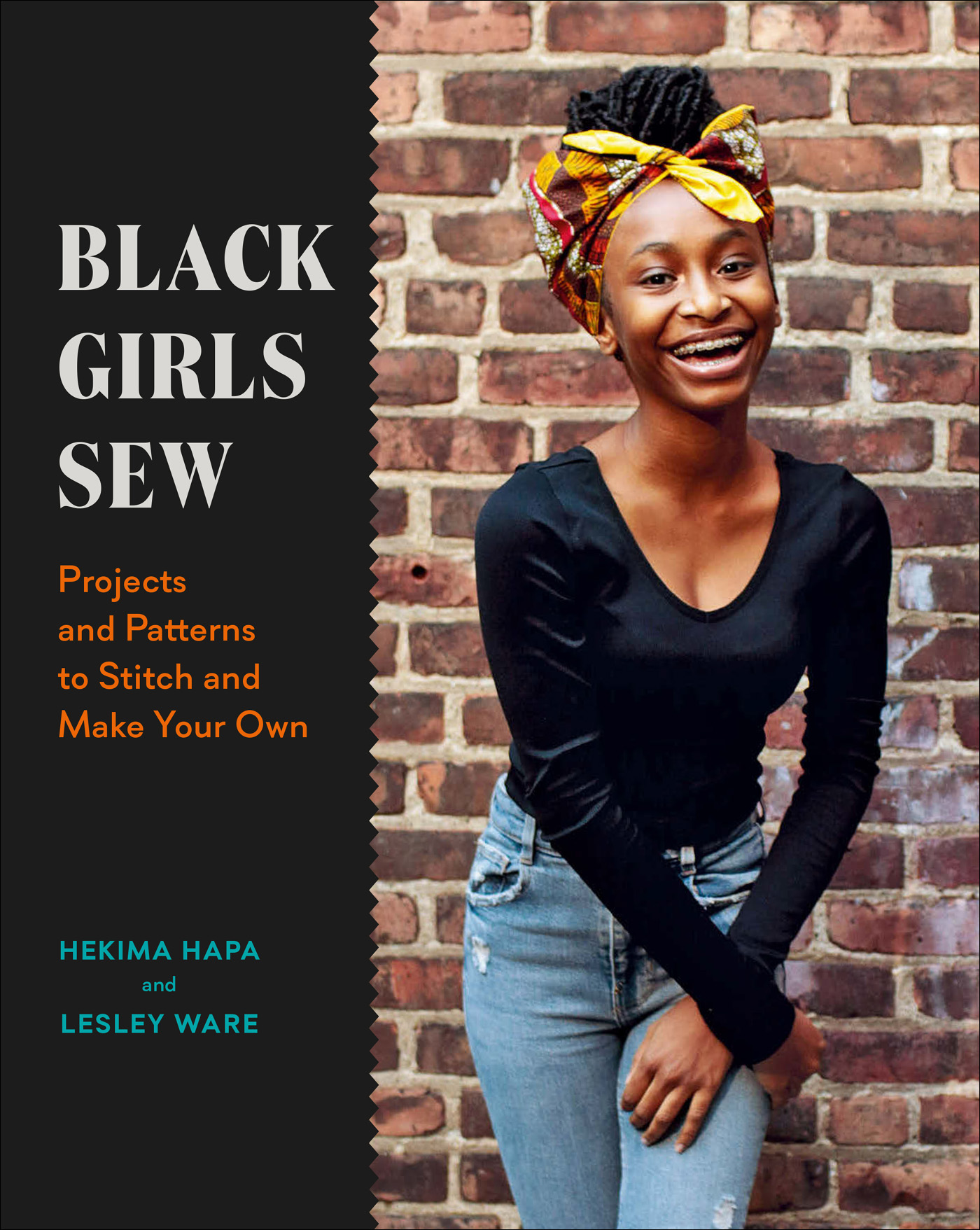


CONTENTS

FOREWORD
by Constance C.R. White
Ouch. I pricked my finger with the needle I was using to hem a jumpsuit. I had borrowed the black-and-white look to wear to New York Fashion Week, and the hemming was an emergency operation I chose because I wanted to send it back as pristine as I had gotten it.
Yes, I know how to sew.
But Im a novice compared to the jumpsuits designer and the skyrocketing number of people now learning to sew by hand or by using sewing machines. The designer and I are both Black women. Fabulous Black women who have flown high with careers in fashion and, speaking for myself, higher than I ever imagined. But right now I had fabric that needed to be turned up. And with my feet firmly on the ground I feel self-sufficient, because I learned to sew when I was a girl.
The unraveled hem couldve meant a delay in returning a borrowed garment. It couldve meant several hours lost from my already Zoom-filled days and way-too-short nights. I wouldve had to drop it off, then pick it up from a professional sewer. And when would I get it back? Who knows? But here I was, unbothered, because I know how to sew.
I know how to sew like I know how to jumpstart a dead car battery, or make avocado toast or crispy chicken. You wouldnt have to pay me to do it and it may not always be pretty, but I can get it done. And youd be grateful.
When you sew, or make some fried chicken, you feel like youve accomplished something. You start to develop a sense of independence and self-realization.
I remember quiet, solitary moments of reverie when I first learned how to baste.
Needle in, Needle out.
I learned to do blind hemming, picking out the tiniest thread in the fabric so the stitch would be barely discernible on the outward-facing side. It required the concentration of an Olympic runner steadying herself in the starting blocks.
Learning embroidery, I savored delight as I pulled the thick, colorful threads through the loops in the white tea towels, the stitches forming an artful pattern. When you focus that hard on your craft, you lose yourself in the sweetest way possible. Youre enveloped in a feeling of accomplishment and happiness. You did it. You did that.
Sewing was once considered one of the wifely arts, a description that I appreciate is long dead, at least in America. As industrialization brought us mass goods and fast fashion has dubiously made clothes available at lightning speed, the slow, artful process of sewing has ebbed back into the mainstream.
But for Black women, sewing has maintained a pride of place. Perhaps its because weout of necessity more than choicehug up on self-sustenance and creativity. Something that if you sew you know about.
In Black communities isolated by segregation, seamstresses were a fixture alongside the hairstylist, the neighborhood barber, and the local soul food chef. Often the seamstress was someone who today would be called a designer. Sometimes she got little credit for her endeavors. In other cases, Black women built thriving businesses from their ability to sew.
Forced long ago to make our own clothes, were picking up needle and thread again to make our own creations. Not because we have to, but because we want to.
Around the globe Black girls, and boys, sew, inheriting from women and men in their community the skill to make something from nothing. In cities like Abidjan and Nairobi, I was enthralled to see talented sewers curled over their sewing machines in markets and street stalls, sewing the most beautiful garments. On the other side of town, equally talented creators with more resources displayed their alluring designs in their own elegant boutiques.
Fashion is a more than $2 trillion global industry, and its rooted in sewing. Thats a fact. Yet we dont often enough connect the dots when we watch the models whizzing down the Chanel runway, or see a Gucci bag slung over a womans (or mans) shoulder, or think about factories pushing out the latest Nike sneakers.
Its not a radical idea to begin sewing for sheer enjoyment and end up running your own company. Or you could have a career behind the scenes as a designer, a seamstress, a samplemaker, or a retailer with mad skills and an uncanny understanding of a garments fashion and fit.
Black female designers like Tracy Reese, Fe Noel, and Sheila Grey (Byron Larss partner) use the craft of sewing in their work. Speaking of Lars, while many have drawn or painted their way into fashion, a bunch of them have sewn. Lars, Epperson, Kevan Hall, and Victor Glemaud are among them. Stephen Burrows, the most important Black designer of the last fifty years, said he was inspired by watching his mother sew at their home in New Jersey. Similarly, celebrity stylist Freddie Leiba, whos styled for Essence, Harpers Bazaar, Vogue, Allure, and InStyle, said his first introduction to fashion was through his mothers sewing.
If mama isnt inspiration enough, we can look at a fistful of robust, pivotal figures in history who were Black sewists.
Elizabeth Keckleys name may not be up there in lights with folks like Maurizio Gucci, but the woman sewed well and was in demand. Her most prominent client was Mary Todd Lincoln, the wife of President Abraham Lincoln.
But Keckley wasnt the only African American to make clothes for a first lady. Anne Lowe, known for her detailed floral embroidering on elaborate gowns, created Jacqueline Bouviers wedding dress when she married future president John F. Kennedy. And of course, in our lifetimes, theres the gorgeous, ever-slaying Michelle Obama, whos been dressed by Reese, Noel, and Kai Milla.
Beyond this glorious history of sewing there are our valuable contributions to sustainability efforts. As sewers and fashion lovers, Black girls and the African American community are at the forefront of one of the worlds most urgent issues, making a healthy planet for long-term survival. Close to eighty percent of the clothes we buy will end up discarded after just a few years, according to one study. Sewing our own wardrobes or home dcor is a vote for sustainability and against overproduction.
Thinking about Black Girls Sew reminded me of something in me I had long forgotten: To sew is to find a refuge from lifes trials and tribulationsfrom exclusion, times of crises, being misunderstood, growing up, or even growing older.
So why not pick up a needle and thread? Why not engage with this storied craft? Why not learn to make exactly what you want? And if the question for Black girls is: Why me? Then the answer is: Black Girls Sew.
Welcome to the new world of sewists.
INTRODUCTION
Welcome to Black Girls Sew! We are so excited for you to join our world of sewing to create your own fashionable, stylish wares. We made this book for you because theres nothing else like it that exists. Inside, you will learn how to make and discover things. Youll uncover new information, find out more about the fashion industry and those whove impacted it, and have some fun along the way.

